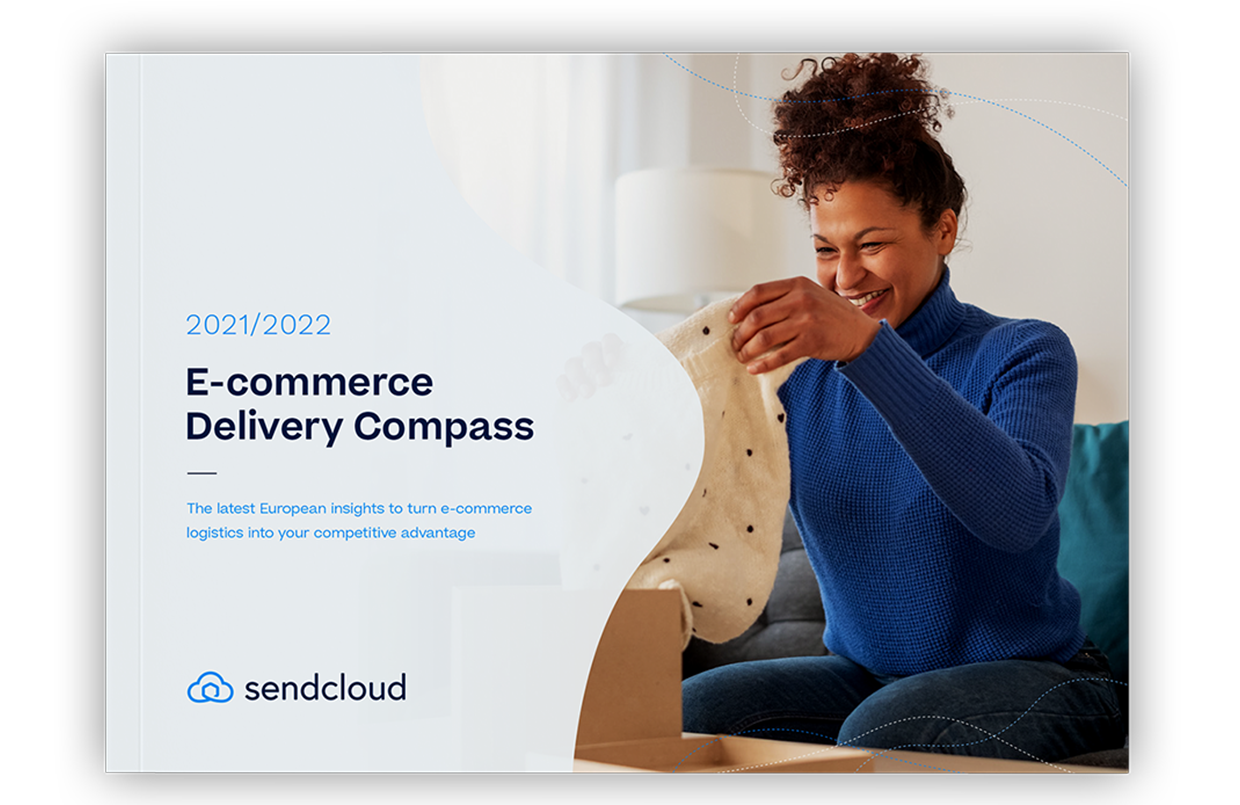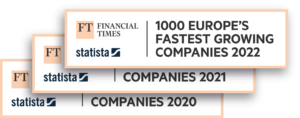If you’re an online retailer, there’s a good chance you’ve been pretty busy lately. As more consumers turn to online shopping for their everyday needs, e-commerce retail has become one of the fastest growing and most important industries in the world.
The rise in parcel volumes has changed not only how delivery companies think about e-commerce logistics, but also the way European consumers view delivery. Online shoppers across all platforms have learned new behaviors which give independent retailers an opportunity like never before!
Are you wondering how the e-retail industry will continue to thrive? And how will the current market conditions and delivery trends continue to unfold over the years ahead? That’s exactly what we wanted to find out through our statistical market research, for which we surveyed almost 8,000 consumers across Europe to give you key market insights, explore consumer’s needs and expectations when it comes to e-commerce logistics and identify local differences of Europe’s largest online sales markets.
E-commerce is becoming the norm for millions of shoppers
It’s no secret that brick-and-mortar stores are struggling to keep up with their online competitors these days. International players dominate the markets and spoil today’s consumers with the best customer-oriented offers.
Those offline retailers who embrace an omnichannel model have the best chances for success – especially now that so many consumers have (finally) embraced online shopping as part of their daily lives.
Online retailers need an understanding of what consumers want from them if they hope for success – that means paying attention not only to shipping trends but also knowing exactly what is wanted by online shoppers!
What are the key e-commerce statistics and delivery trends for 2021 and beyond?
We know you’re busy. That’s why our sweeping market research focuses on what online shoppers expect from e-commerce delivery in 2021 and the years ahead. Let’s break down the top findings of our extensive market research into this quick, easy overview.
If you want to dive deeper into the statistics to get access to in-depth key market insights and local differences of Europe’s largest sales markets (which we highly recommend), please also make sure to download the full report to use them to your online store’s advantage.
In this article, we’ll take you through the most important e-commerce statistics and insights that our research uncovered in the following areas:
- The checkout experience and cart abandonment
- Shipping costs and thresholds
- Green delivery
- Cross-border e-commerce
- Tracking notifications
- Return policies
- A new way of delivery for future online shoppers
Based on the statistics, we’ll give you our outlook on the future of e-commerce, along with plenty of ideas for optimising the user experience on your online store.
Insight #1: rethinking the checkout experience
Are you suffering from fear of abandonment? Fear of cart abandonment, that is? If so, you’re not alone. Cart abandonment is at an all-time high. But what are the factors that lead to cart abandonment in the first place? Our research reveals some of the main culprits:
- Shipping costs are still a deterrent: 68% of European online shoppers cite excessively high shipping costs as the main reason for cart abandonment.
- Lack of free shipping for high-value orders: 40% of European consumers say they will abandon a cart if they find out during checkout that there is no free shipping on an order valued above €150.
- Delivery is running out of time: Almost one half of European consumers (44%) abandon their shopping cart when the estimated delivery time is too slow. But what exactly is “too” slow? If standard delivery is selected, European consumers expect to have their order delivered in about 3 days.
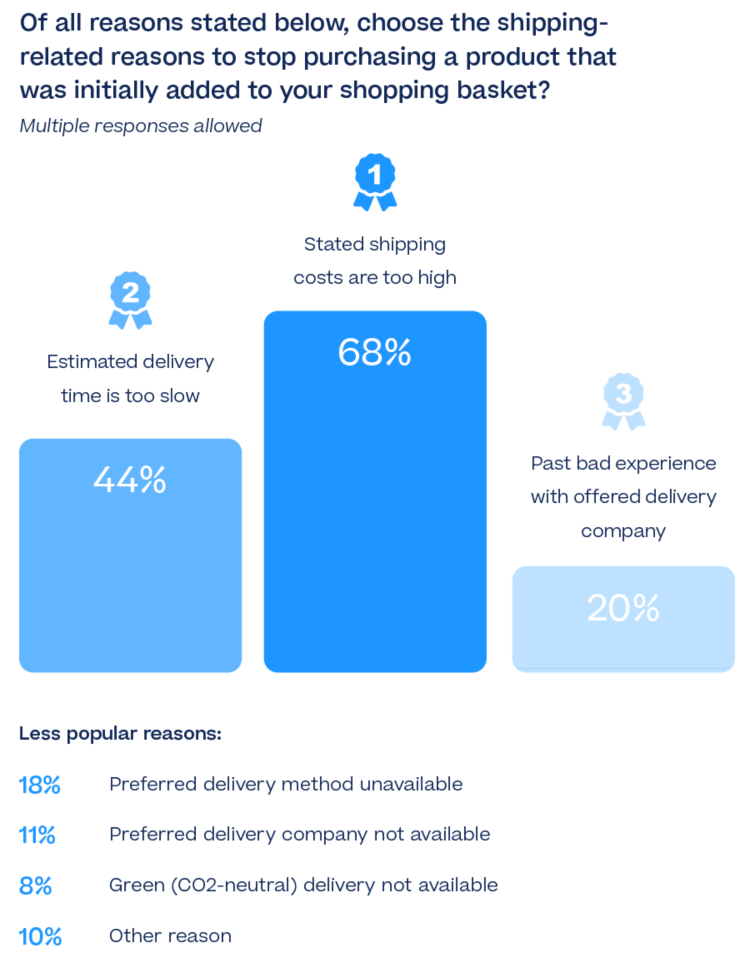
Insider tips #1
Design your checkout process from a customer’s perspective. Checkout is the gateway to a sale, so it has to be every bit as customer friendly as your site’s product pages. Be sure to cover as many bases as possible here:
- Offer customers a flexible range of payment and delivery options.
- Avoid unpleasant surprises during checkout, especially hidden shipping costs.
- Communicate shipping and delivery information clearly from the outset.
A transparent, inviting checkout experience builds trust and makes your shoppers less inclined to leave behind a cart full of items floating in e-retail limbo.
Insight #2: free shipping is not necessarily the gold standard
For years, e-commerce retailers have been wrestling with a tough question when it comes to shipping costs: “for free, or not for free?” And while many analysts have advocated free shipping as a winning strategy for boosting conversion and retention, we’ve discovered that the real answer might be a little more complex.
Does every customer really expect and prefer free shipping with every order they place? Don’t get us wrong: free shipping is obviously very popular. It is a genuinely customer-centric solution. There’s nothing like a “freebie” to show your customers how much you care.
However, not all customers are alike. There are plenty, in fact, who are willing to pay more for shipping as long as you can guarantee speedy, hassle-free delivery, often using their preferred carrier. That peace of mind is worth the extra cost to them. Here are some takeaways from our research:
- Shipping costs are still the most important reason to abandon shopping carts. But the good news is that 69% of European online shoppers are likely to add another product to their shopping basket to reach a free shipping threshold.
- The maximum shipping costs that European consumers are willing to pay for next-day delivery depends on the amount of money spent on an order: the more expensive the order, the more shoppers are willing to pay for delivery.
- When comparing online shoppers per country, Spanish (73%) and Italian (78%) consumers are most likely to add another product to their order to reach the free shipping threshold, while German (61%) and Dutch (60%) consumers bring up the rear for this.
Clearly there are benefits to offering free shipping if you can afford to do it. But it is definitely not the only way to keep your customers happy when it comes to delivery.
Insider tips #2
- Based on our findings, the best approach to shipping is a dynamic one: Consider offering free shipping to customers who reach a certain value threshold. This is a great incentive to get them to add more items to the cart, and they’ll appreciate the gesture..
- Offer faster shipping options at a premium cost during checkout for those who do wish to pay for them. This way, you cater to everyone’s needs. Keep in mind: Across all generations, millennials are most demanding when it comes to premium delivery services.
- Always be transparent upfront about your shipping costs, including the specific threshold for free shipping.
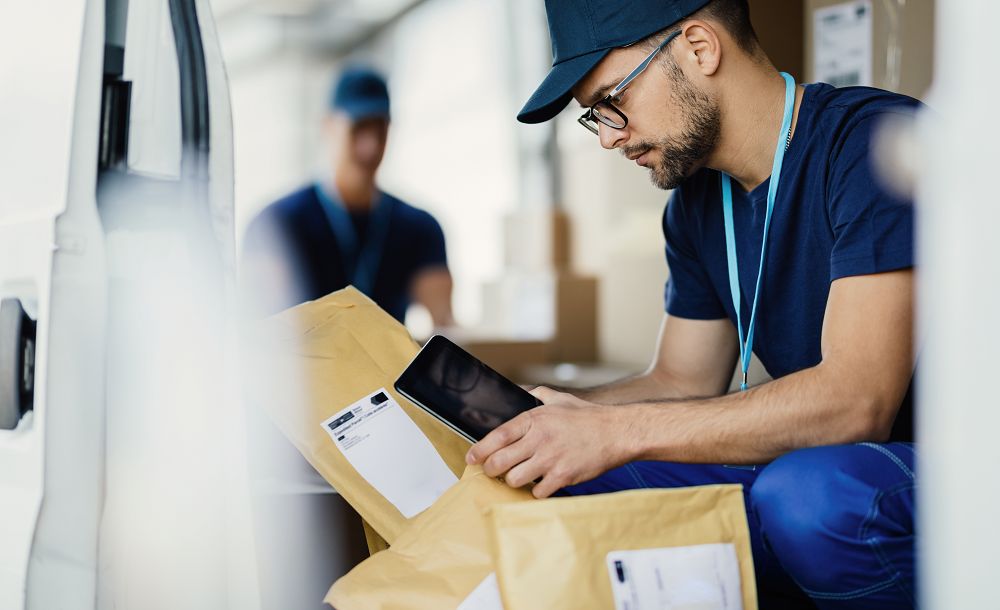
Insight #3: Growing awareness of green delivery
The environment is a growing concern for many retailers and consumers today. But surprisingly, our research found that only 8% of European online shoppers would cancel an order if green delivery is not available., which is designed to offset carbon emissions released during the delivery process.
Even though green delivery options are rising, it will still take some time before this becomes a standard choice for large numbers of consumers. Packaging is more of an environmental concern than shipping for most consumers. This makes sense.
Green delivery is preferred, but it should not lead to additional costs. So the responsibility for environmental care is mainly on the retailer or delivery company’s shoulders from the shopper’s point of view. Overall environmental friendly packaging material suited for the type of product shipped (not oversized packaging material) should be the standard. Nevertheless environmental awareness increases among Generation Zers and millennials, so online retailers need to keep an eye on green developments. Big wins still to achieve in terms of environmental awareness in the world of e-commerce logistics, one could conclude…
Insider tips #3
- 52% claim to choose to purchase from one online store over another if its environmental impact of the delivery is lower, support raising consumer awareness about the topic – and boost your company’s sustainability profile – by at least offering green delivery.
- Also, since most consumers are more concerned with packaging waste than shipping emissions, consider switching to recycled and fully recyclable shipping materials. Be sure to inform your customers that you are shipping their orders using environmentally friendly packaging, so they will feel even better about placing an order with your company.
Insight #4: sell global, think local
Ready to bring your products to a global market? If you’re not already doing business internationally, there’s probably a lot less stopping you than you might think. And you’ve really got nothing to lose by vastly expanding your customer base.
In fact, experts are predicting that nearly one quarter of all e-commerce orders will be cross-border commerce by the year 2022. Our research found that almost half of European online shoppers placed an international order over the past 12 months.
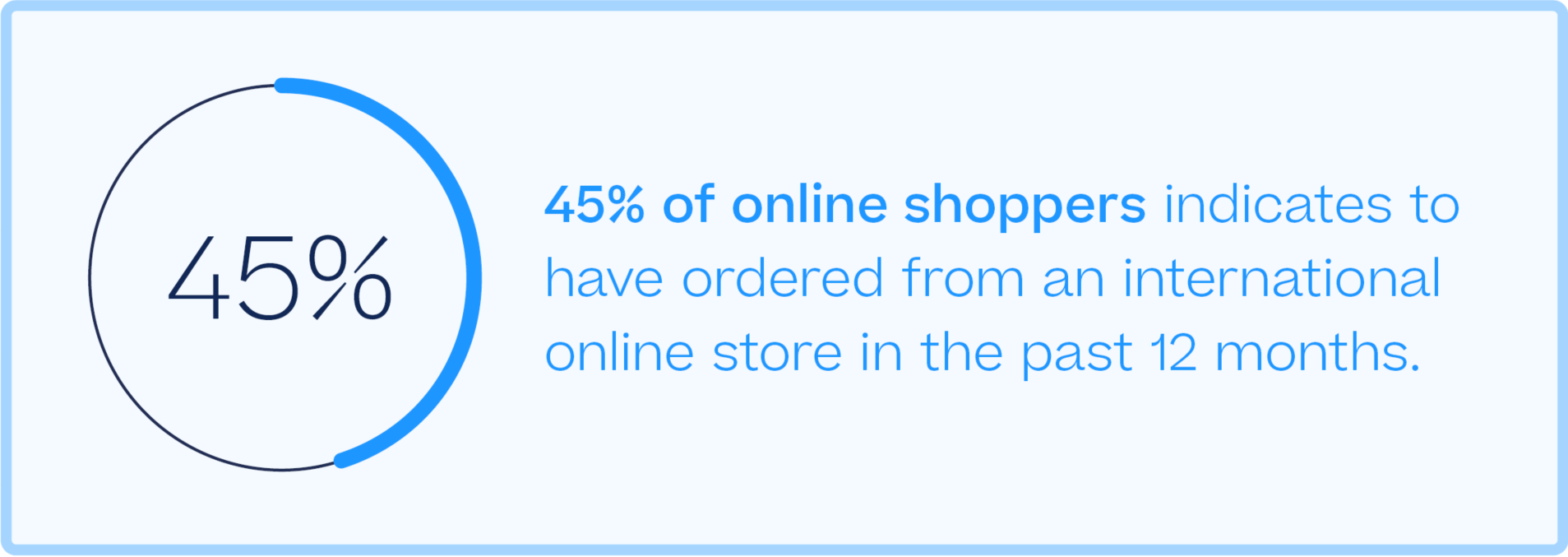
Yet these shoppers still expect a smooth, hassle-free customer experience. According to our findings, the main pain points that keep shoppers from ordering internationally are:
- Excessive shipping costs
- Possible customs-related costs
- Difficulty returning products
- Lengthy delivery times
Considering the strong potential for growth that cross-border retail offers, it’s worthwhile for e-commerce retailers to take these concerns into account.
Insider tips #4
- Develop a customer-centric shipping and returns strategy, but try to be as efficient as possible to cut costs.
- Clear any customs-related issues in advance by researching and following the rules for international shipping.
- Be sure to offer a convenient return-shipping procedure for international orders.
Keep in mind: Every country has its own quirks when it comes to online shopping. When scaling internationally, you will need an understanding of what consumers in other countries are used to so that you can provide the best service possible for your international clients.
”For example Dutch shoppers expect fast delivery times while Austrians would rather wait longer than usual before receiving a package; and if there is any damage incurred during delivery, some countries prefer to receive the same product again, while others prefer a reimbursement.
Insight #5: tracking is a powerful touchpoint influencing repeat purchase decision
We all enjoy having something pleasant to look forward to. That’s what makes shipping tracking notifications such a magnet for online shoppers. Customers simply love to keep an eye on their order’s shipping status and, ideally, to know exactly when they can expect it to arrive.
According to our research, one fifth of European consumers would not re-order at an online store at all if the possibility to track the shipment is not available or limited. This is why many retailers are starting to view tracking as a very valuable moment of the customer journey.
You’re almost guaranteed to get your customer’s attention by sending a tracking notification. They will appreciate it as a sign of your good service, and you might also take advantage of the contact to inform them of some other fine products available through your shop.
Insider tips #5
- Include sales messaging or special offers along with your tracking notifications. Your customers will be happy to receive and read a tracking message, so they may also be more receptive to additional offers.
- As with so many things in life, though, it’s important to strike the right balance. Don’t let the sales message overshadow the useful, customer-focused tracking information. Tracking in general should be part of a positive customer experience, so be sure to keep it that way!
So far, only 16% of online retailers indicate that automated track & trace notifications and a branded tracking page is very important to them. The tracking part is still an underutilized opportunity for online retailers to increase customer loyalty, considering that tracking emails have a higher open rate than any newsletter can ever achieve.
Insight #6: key ingredients of a converting return policy
For online retailers, return shipping is a fact of life. But there’s no reason why this “necessary evil” can’t be turned into a powerful asset for growing your business.
You may be thinking, “How can return shipping actually benefit me as a retailer?”
The answer is simple: by offering a smooth, customer-focused return shipping policy, you give today’s online shoppers exactly what they expect. Here are some take-aways from our research:
- European consumers expect to receive their refund for the return of their order within 5 to 6 days. Longer is highly unappreciated.
- Many shoppers even specifically check the returns policy before placing an order, with 40% saying they will not order a product unless the returns period is at least 30 days.
What this means is that your returns policy is actually a factor in your customers’ decision-making process. That’s why crafting a favourable returns procedure helps strengthen ties with your paying customers.
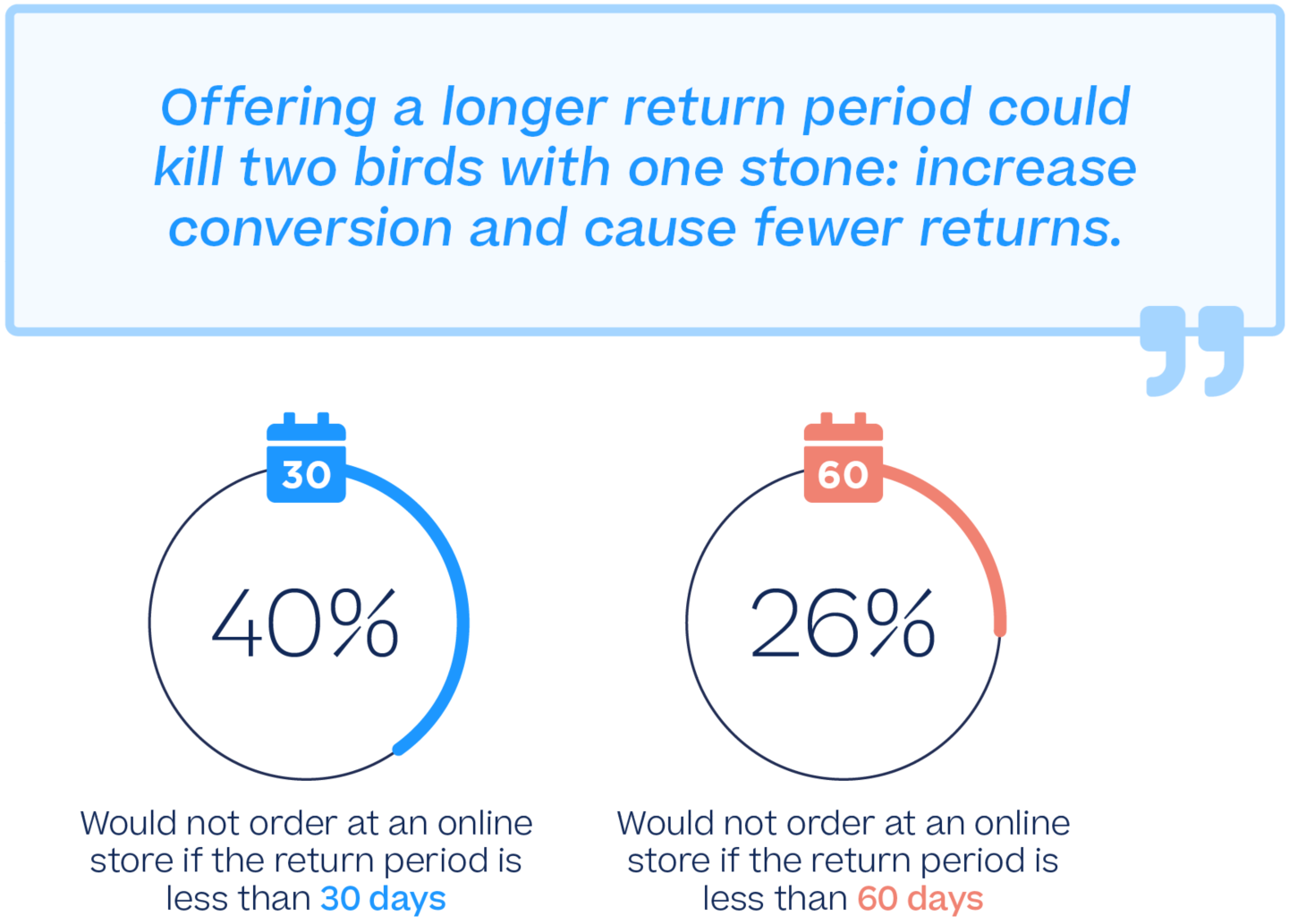
Insider tips #6
There are so many great ways to make returns a positive customer experience. Think about these:
- Consider offering free return shipping.
- Offer an extended return period of at least 30 days.
- Offer alternative refund options, like for instance vouchers as a “fast track” refund options once you have received a return notification
- Enable customers to organise return shipping entirely through your site instead of leaving it fully up to them or referring them to third-party shipping companies.
- Offer convenient return shipping labels in the box.
The idea is to treat your returns policy like the customer-relations tool that it actually is. Offer a smooth, customer-centric return process and your customers will thank you for it.
Insight #7: Millennials demand new way of delivery
With an average of €138 per order, millennials are the biggest spenders on the worldwide web. By comparison, the boomer counts down only €90 per order on average. It is therefore no surprise that millennials are slowly changing the way we shop. It is remarkable though that millennials attach more value to convenience than older age groups. Here are some take-aways from our research:
- Millennials are more likely to choose alternative delivery options such as weekend delivery, same day delivery or CO2-neutral delivery.
- As a result 79% of millennials say that flexibility in delivery is important to them, compared to only 61% of boomers.
- Millennials also prefer to have their delivery status at their fingertips: 72% of millennials would like to manage all incoming orders through an app, while only 45% of boomers have a need for this

Insider tips #7
Reaching Generation Z and millennials will become increasingly important in the future as their buying power continues to grow in the coming years. These digitally savvy generations are ready for new buying opportunities. Gen Zers and millennials value online and in-person social interactions, convenient pricing and delivery, and social engagement on a range of issues. If you learn from the past year’s experience and create the best overall experiences for these future online shoppers, you and your online business will be ahead now and in the future.
What’s next for e-commerce?
Our statistics offer many insights into the current and future state of e-commerce.
What stands out above all is the competitive advantage of offering positive, customer-centric user experiences. Today’s online shoppers expect flexibility, convenience and speed. For e-commerce retailers, that means offering a wide range of shipping and delivery options, so that you cater to as many customers’ wishes as possible.
Want to find out more insights from our extensive market research?
Download our full report to discover detailed insights into European consumers’ expectations around prepurchase decisions, the importance of shipping methods, costs, speed and errors, parcel tracking and returns.
Gain further insights into European consumer’s thoughts on green delivery, international online shopping, future trends, among others, with industry differences, key market insights and local differences of Europe’s largest sales markets – and use them to your online store’s advantage.
